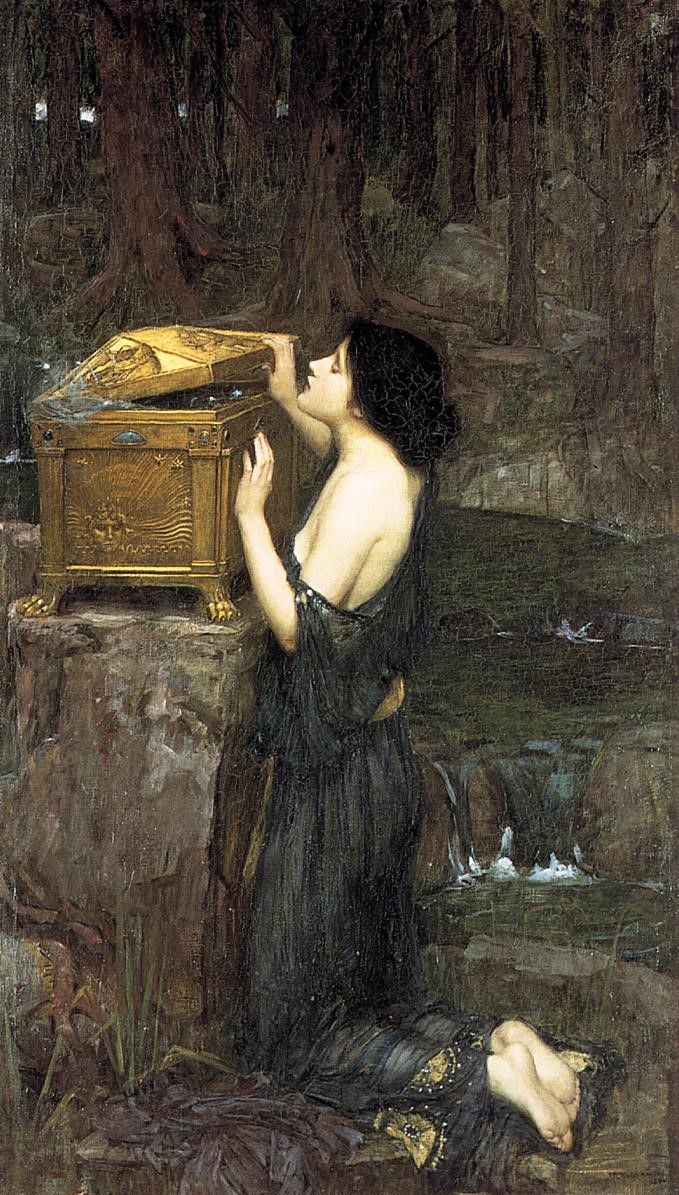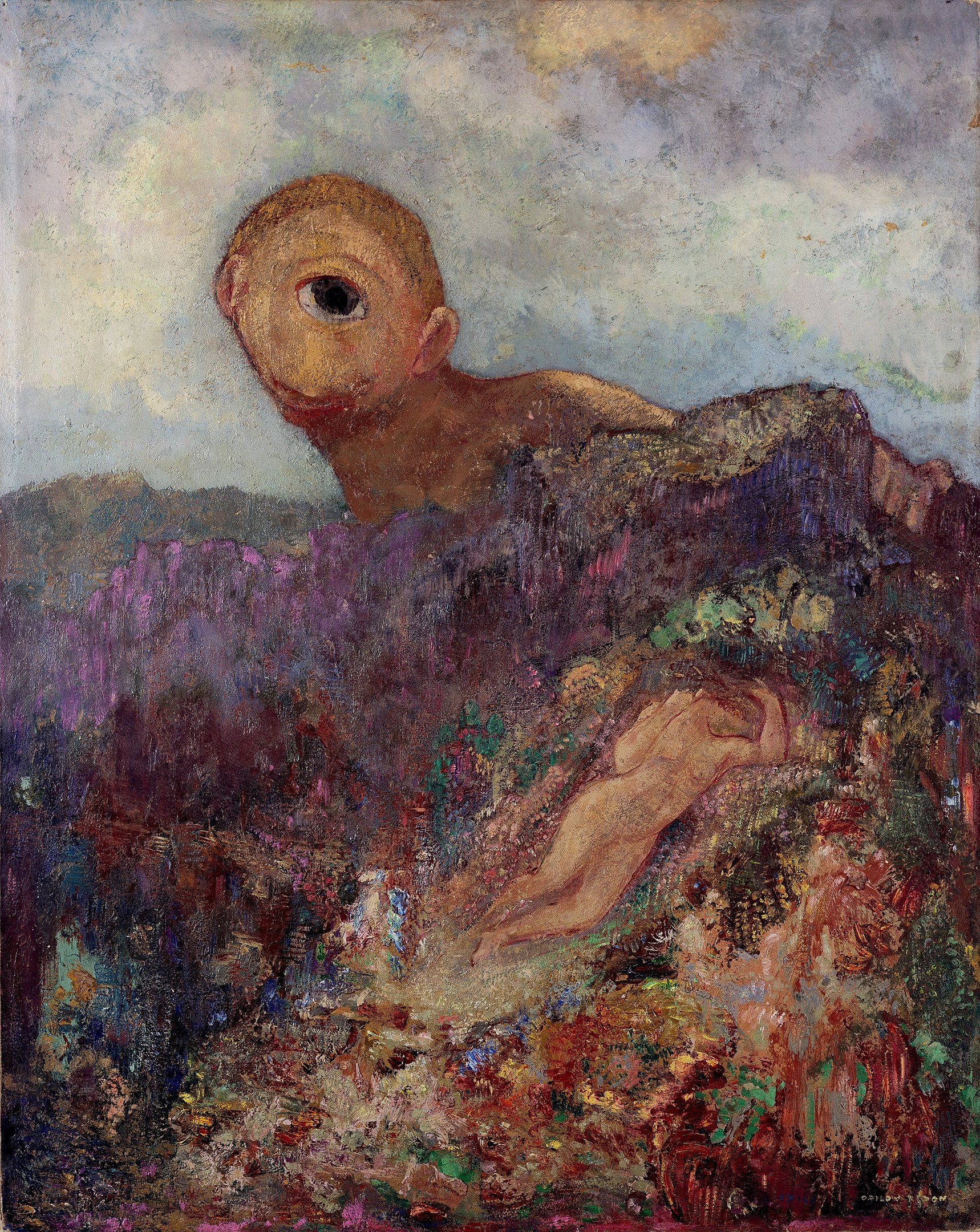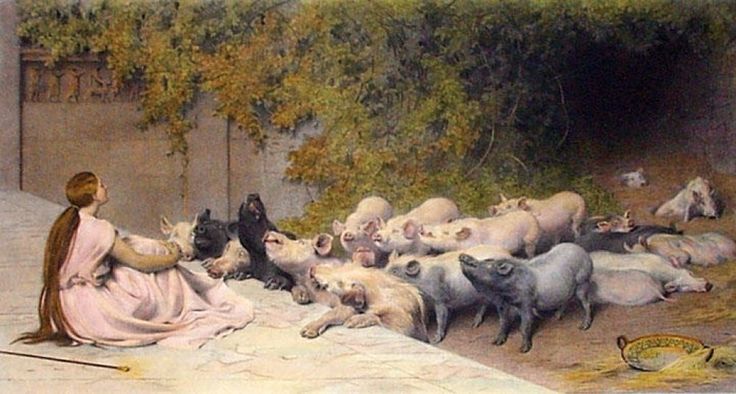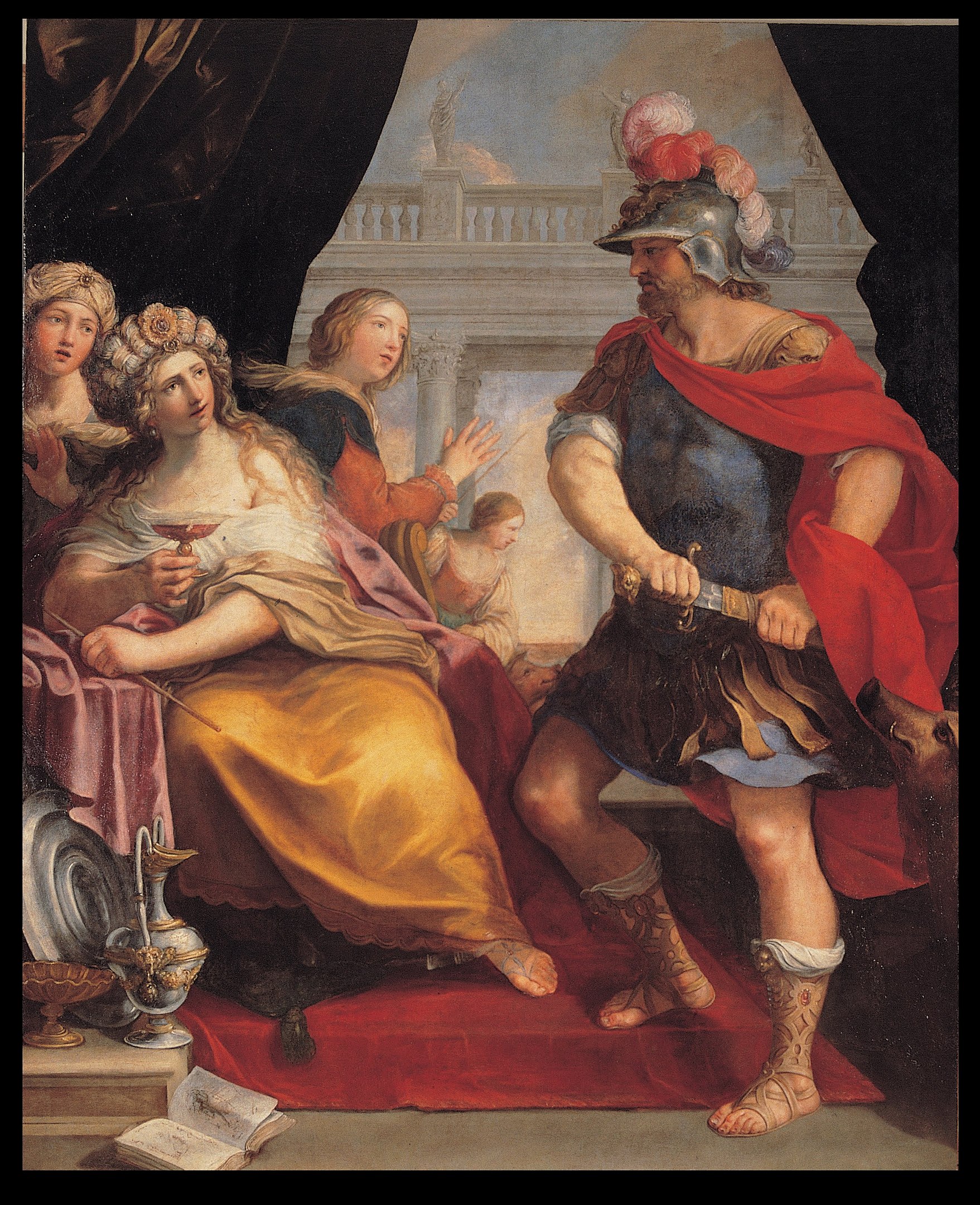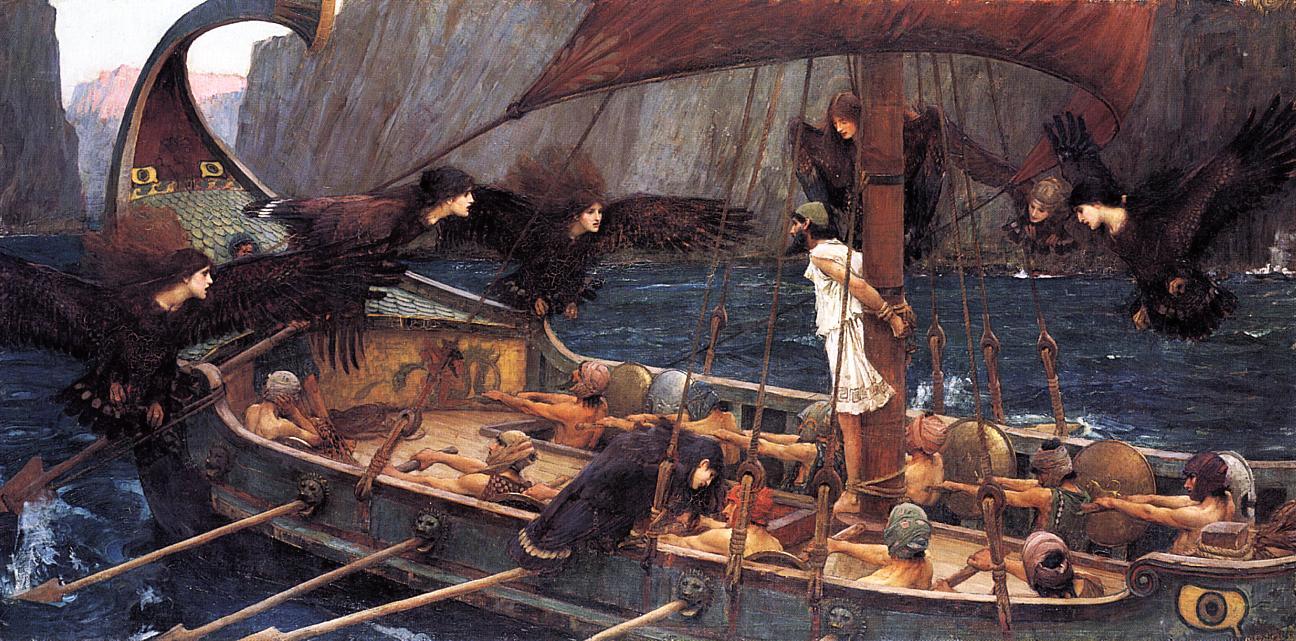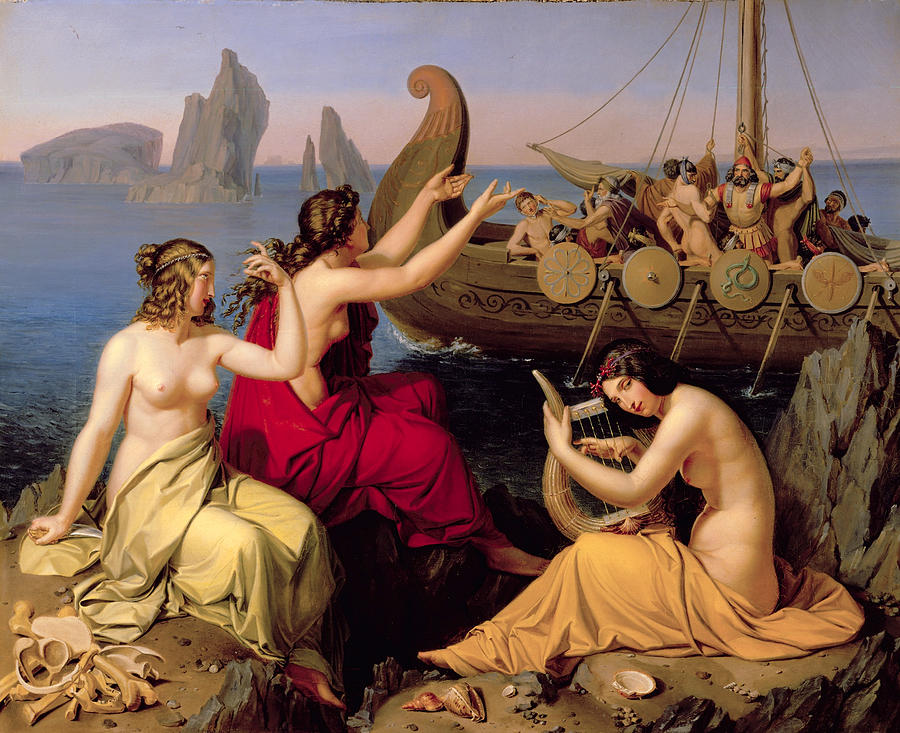16.5 Art and Literature Portfolio
Learning Objectives
1. Collate and compare two (or more) artists’ representations of a theme (e.g. identity, family, belonging, peace, war, romance, nature, etc.) and analyze the way each artist presents the theme. The artists can come from different time periods and cultures. Be sure to consider some of the following dimensions of art that include the theme and subject matter of the art work, the medium (e.g. acrylic painting, water colour, sculpture, photography, etc.), line, form, colour, and so on. To learn more about writing about art, please refer to this helpful illustrated guide from Harvard University (Department of Art History) guide on writing about art here.
2. Create an art essay that describes and illustrates a well- known myth, folk tale, or fairy tale. Focus on the way different artists (different time periods) depict the mythic characters and their journeys. How do their styles compare? You can also focus on creating an art essay that describes a character’s mythic journey (Ulysses, Perseus, Circe, Penelope, Sir Galahad, etc.). There are further examples of Celtic myths in the next section.
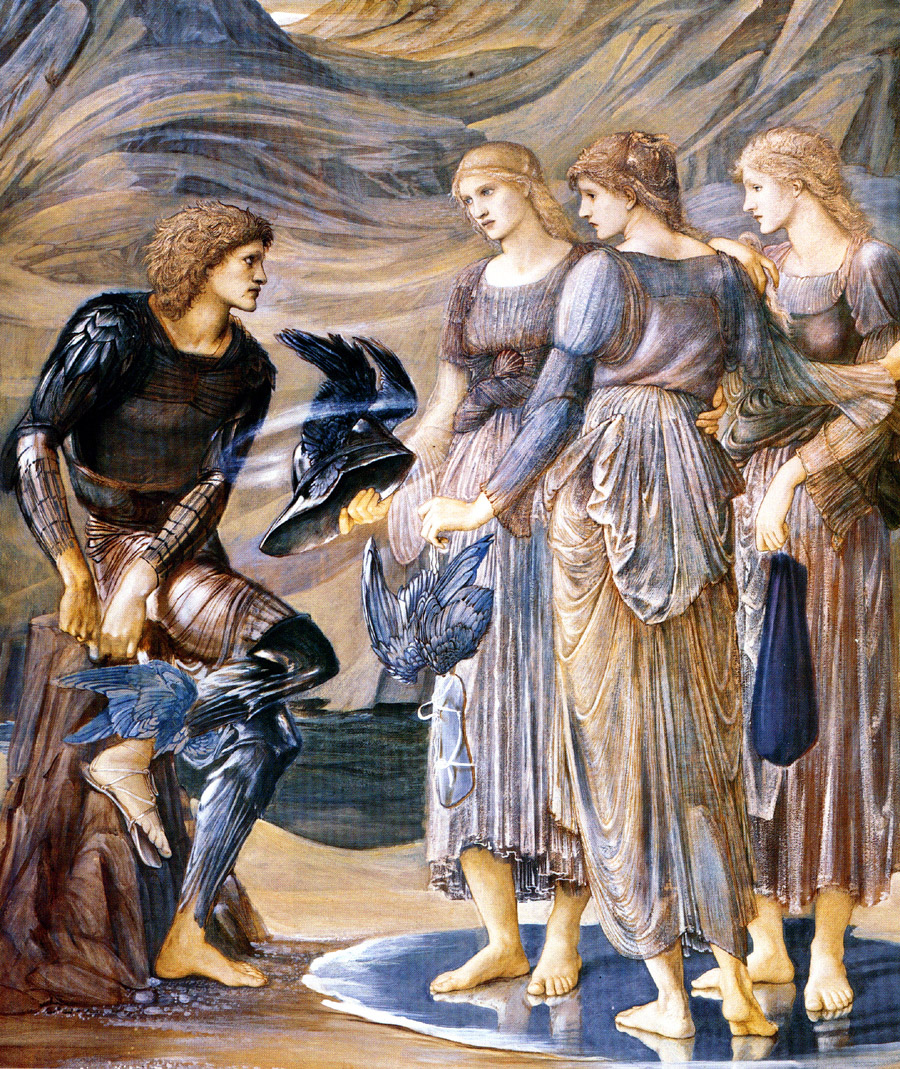
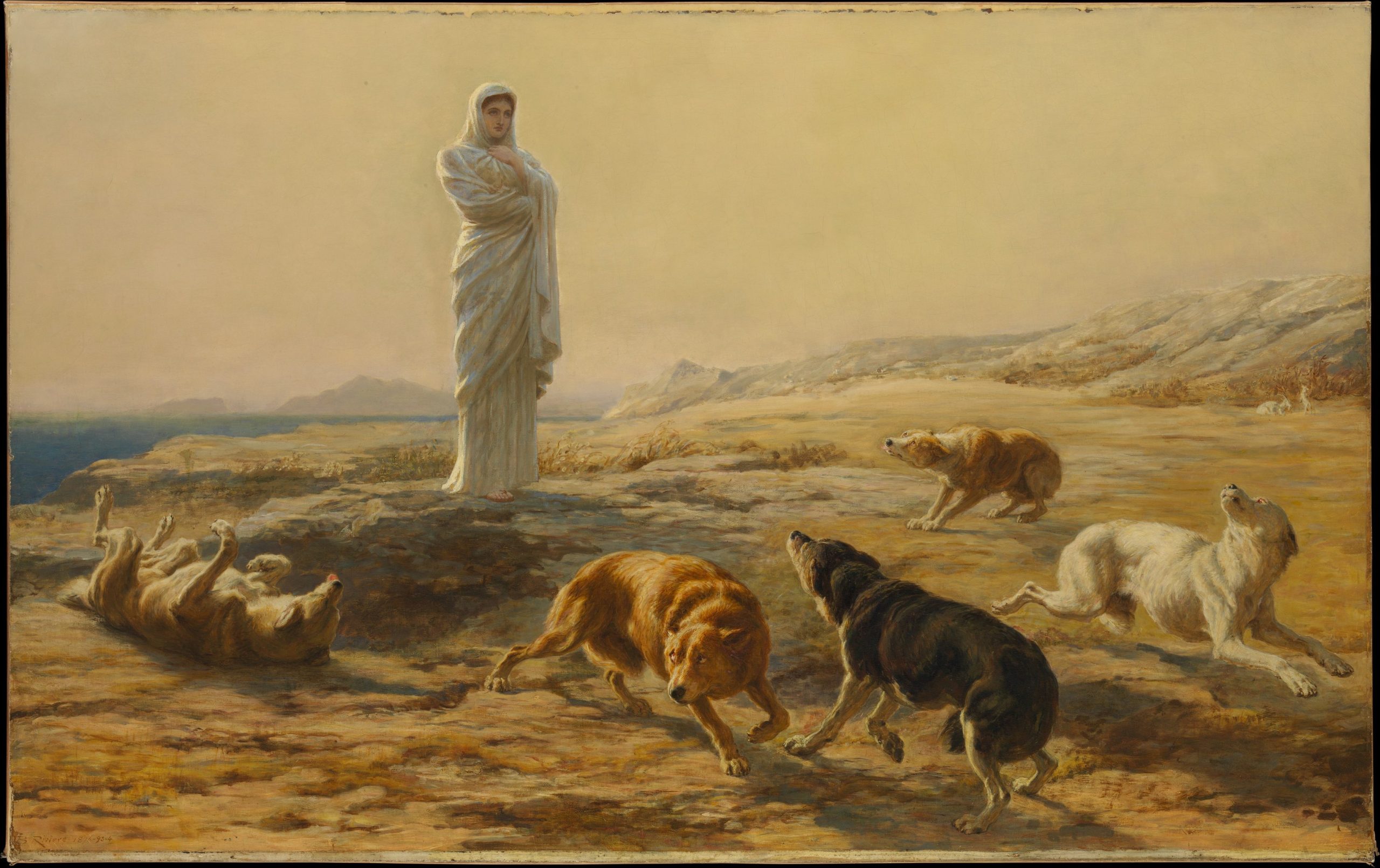
Courtesy: Gift of Richard Manney, 1980. “https://www.metmuseum.org/art/collection/search/437467” is licensed under CC0 1.0.
